What is Receiver-In-Canal (RIC) Hearing Aid?

A Receiver-In-Canal (RIC) hearing aid is a popular choice among the latest generation of technologically advanced hearing devices. It combines the best features of Behind-The-Ear (BTE) hearing aids and custom hearing aids. With their two-part design, RIC hearing aids excel at amplifying high-pitched sounds while maintaining a natural sound quality.
Similar to BTE hearing aids, RIC devices are positioned behind the ear. However, the main body of the RIC hearing aid houses only a microphone and amplifier. This streamlined design significantly reduces the device's size by eliminating one major component from the housing.
The receiver, responsible for producing sound, is connected to the hearing aid's body through a thin electrical wire and placed inside the wearer's ear canal. RIC hearing aids are also sometimes referred to as Receiver-In-Ear (RIE) hearing aids. These devices are discreet and hardly noticeable when worn. That's why RIC hearing aids have become an international bestseller among new hearing aid users.

Why RIC Hearing Aids Are Becoming Popular?
Receiver-In-Canal (RIC) hearing aids are experiencing a surge in popularity due to several compelling reasons. Here are key factors contributing to their increasing adoption:
- Discreet Design:
RIC hearing aids are renowned for their discreet appearance. With the main body positioned behind the ear, they are smaller and less conspicuous compared to traditional Behind-The-Ear (BTE) hearing aids. This discreet design addresses aesthetic concerns and allows users to feel more confident and comfortable while wearing them. - Natural Sound Delivery:
RIC hearing aids excel at delivering sound directly into the ear canal through a receiver placed inside the ear. This direct sound delivery enhances the naturalness of the listening experience, offering improved sound localization and spatial awareness. Users can enjoy a more authentic representation of sounds in their environment. - Reduced Occlusion Effect:
The open-fit design of RIC hearing aids facilitates better airflow in the ear canal, minimizing the occlusion effect. This effect refers to the sensation of one's voice sounding boomy or hollow while wearing a hearing aid. By mitigating this issue, RIC devices provide a more pleasant and natural auditory perception. - Suitable for Various Degrees of Hearing Loss:
RIC hearing aids cater to a wide range of hearing loss types, spanning from mild to severe. They offer flexibility in programming and amplification settings, enabling personalized adjustments to meet individual hearing needs. This versatility makes RIC devices an accessible and suitable option for a significant portion of the population with diverse levels of hearing loss. - Technological Advancements:
RIC hearing aids incorporate cutting-edge digital technology, significantly enhancing their performance and functionality. These advanced devices feature noise reduction capabilities, speech enhancement algorithms, feedback cancellation systems, and seamless wireless connectivity with other devices like smartphones and televisions. These technological advancements enrich the overall listening experience and provide users with convenient connectivity options.
Who Can Benefits Using RIC Hearing Aids?
The open-fit design of RIC devices allows for better ventilation and reduces the likelihood of feedback, ensuring a comfortable listening experience. They are an excellent choice for individuals with the following characteristics:

- Mild to Severe Hearing Loss:
RIC hearing aids offer powerful amplification, which can effectively address a wide range of hearing loss levels. This versatility allows RIC devices to meet the specific needs of individuals with varying degrees of hearing loss. For individuals with moderate to severe hearing loss, a RIC hearing aid with a clickmold would be the optimal option. This combination of advanced technology and personalized fittings ensures that RIC hearing aid users can regain speech clarity in their daily communication. - High-Frequency Sensorineural Hearing Loss:
For people with high-frequency sensorineural hearing loss, using a RIC hearing aid with a vent or more open earpiece can help preserve normal low-frequency hearing while providing adequate amplification for frequencies with greater hearing loss. By targeting specific frequencies, RIC hearing aids allow individuals with this type of hearing loss to enjoy a more balanced and natural auditory experience. - Unilateral or Asymmetric Hearing Loss:
RIC hearing aids are highly beneficial for those with unilateral or asymmetric hearing loss. When combined with a CROS (Contralateral Routing of Signals) hearing aid, they can redirect sounds from the weaker ear to the stronger ear, ensuring convenient hearing for both ears.
Who is RIC Hearing Aid Not Suitable for?
Even though RIC hearing aids can cater to most cases, they are not suitable for individuals with the following characteristics:
- Dexterity Issues:
To handle RIC hearing aids effectively, users need to have sufficient motor skills to maintain and handle the device. This includes tasks such as inserting and removing the device from the ear, changing batteries, and cleaning or replacing the receiver. Individuals with limited hand mobility or coordination difficulties, may find it challenging to manage RIC hearing aids by themselves. In such cases, alternative hearing aid options, such as those with larger controls or different wearing styles, may be more suitable to accommodate their specific needs and abilities.  Ear Canal Shape or Size:
Ear Canal Shape or Size:
Some individuals with ear abnormalities, such as narrow or malformed ear canals, may experience discomfort or difficulty in properly fitting RIC hearing aids. The irregular shape or size of the ear canal can prevent the secure placement of the device, leading to discomfort or compromised sound delivery.- Wax or Moisture Buildup:
Individuals who frequently experience excessive earwax or moisture buildup in the ear canal can potentially clog the receiver or other components of the RIC hearing aid. This may lead to decreased volume, distorted sound, or even device malfunction. These factors can greatly reduce the benefits of wearing RIC hearing aids as it may require the user to do more frequent maintenance and cleaning. - Specific Medical Conditions:
Certain medical conditions, such as chronic ear infections or recurring ear drainage can pose a risk of infection. Introducing a RIC hearing aid into an already infected or inflamed ear canal can exacerbate the condition and hinder the healing process.
Remember, the suitability of hearing aids is highly individualized, and it is important to consult with a qualified hearing care professional who can assess your hearing profile and recommend the most suitable solution for your unique needs.
Rediscover the Joy of Hearing
one sound at a time with hearing aids
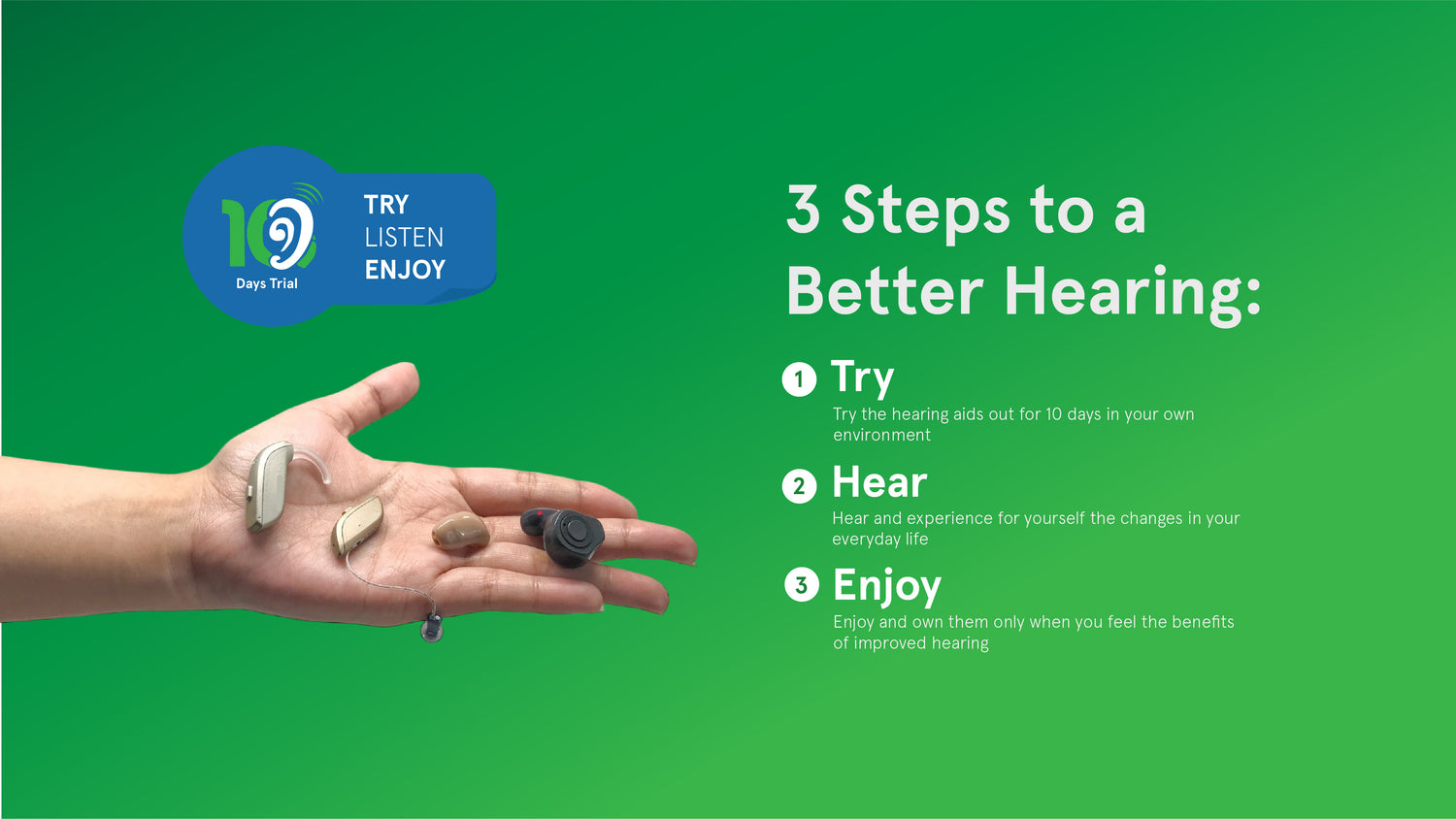
10 Days Risk-Free Trial
Experience the benefits of our hearing aids in the comfort of your home or office for 10 days, with no obligation to purchase. It's a risk-free way to improve your hearing.
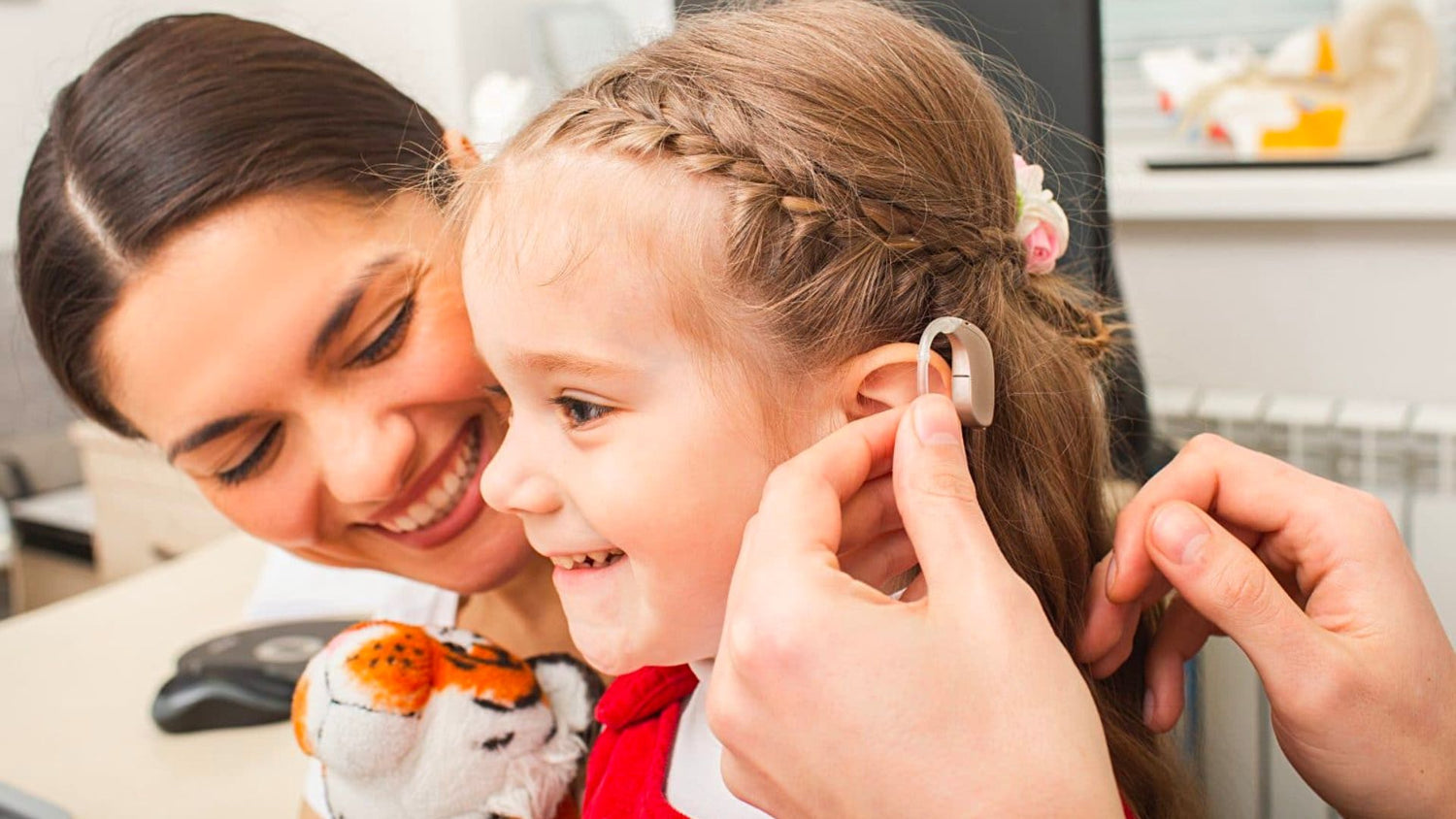
Behind-The-Ear Hearing Aids
Behind-the-ear (BTE) hearing aids are often recommended for people with severe or profound hearing loss as they can support higher amplification. Due to their larger size, it is also ideal for people with limited dexterity or children.
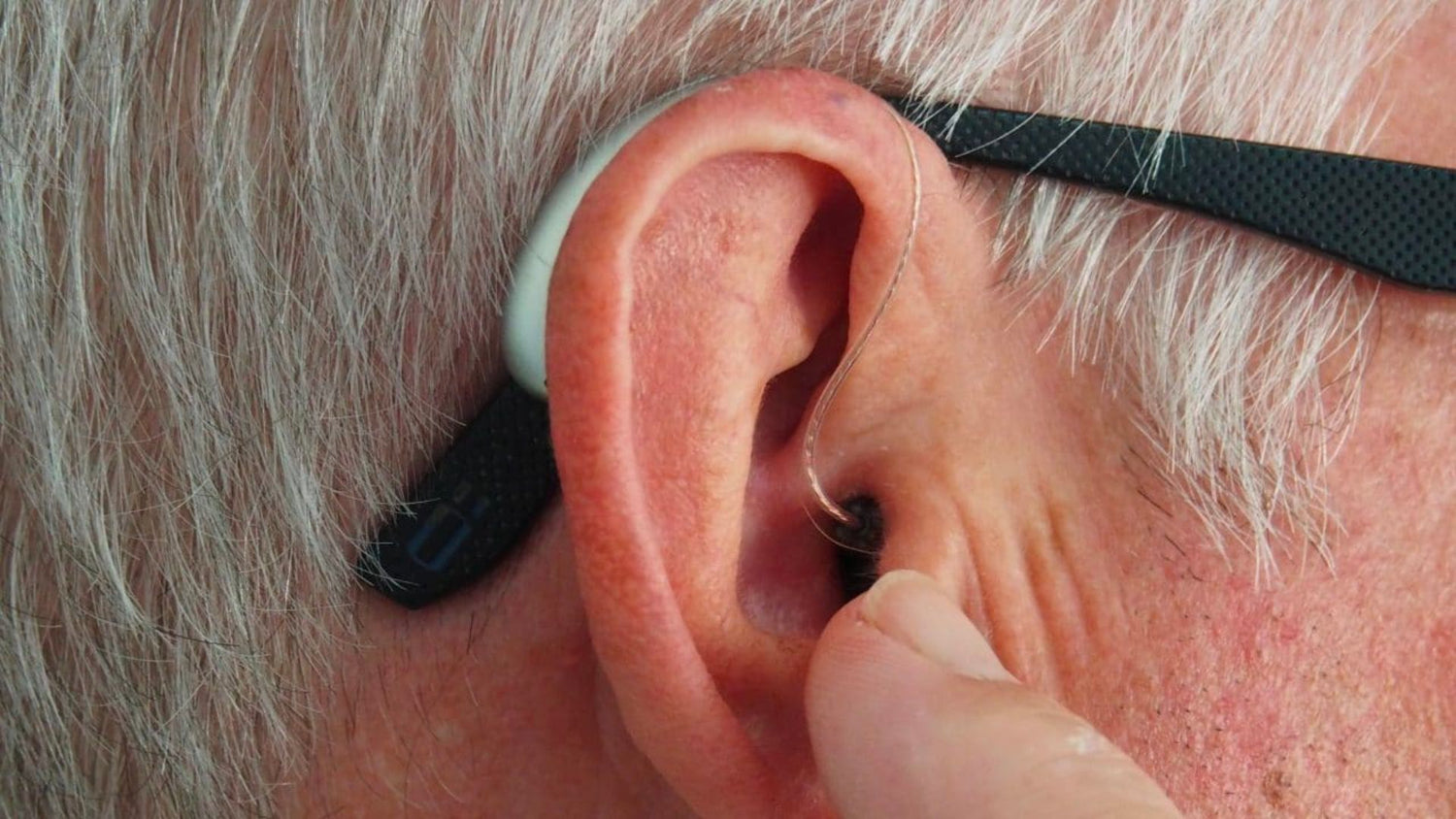
Receiver-In-Ear Hearing Aids
Receiver-In-Ear (RIE) hearing aids are so small that you can barely see with a naked eye. Not only they work with most hearing conditions, but they also come with many advanced features to make hearing as a second nature to your everyday life.
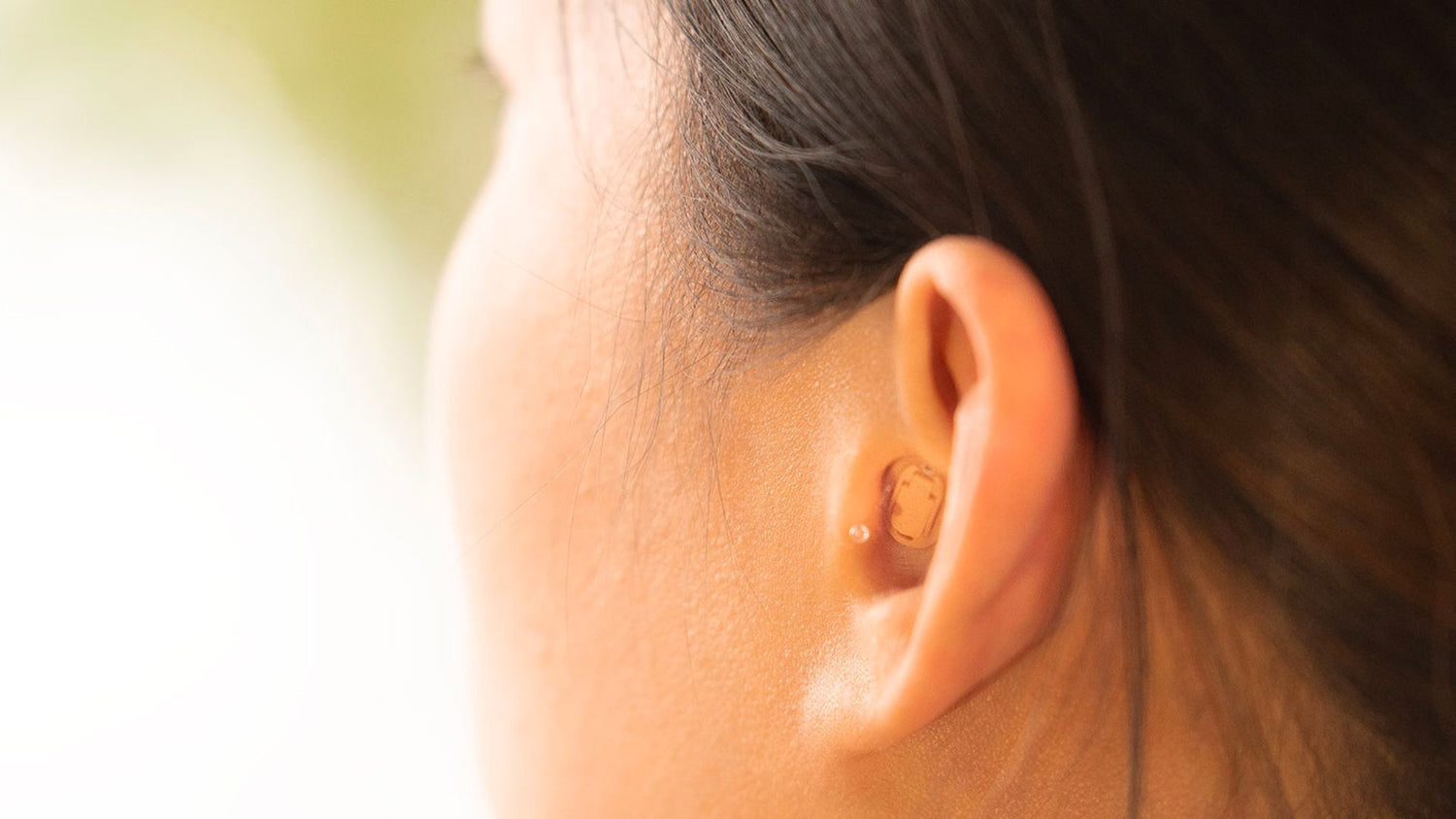
Custom Hearing Aids
Custom hearing aids are made-to-order hearing aids that fits comfortably within the ear. All the important components, including the battery, amplifier, digital chip, and receiver, are seamlessly integrated into the device. Despite their compact size, these hearing aids are capable of addressing hearing loss ranging from mild to severe.
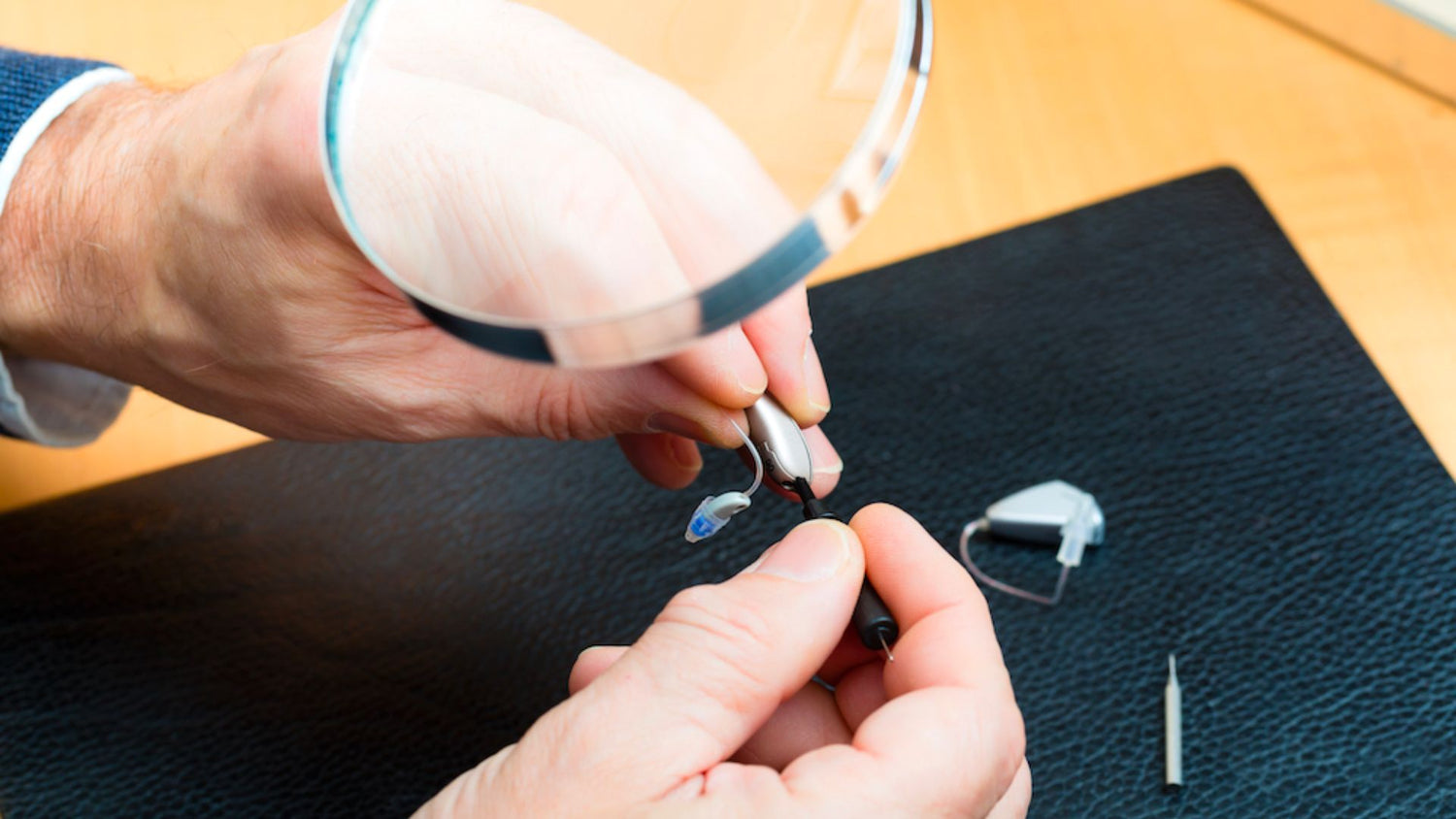
Hearing Aid Maintenance and Repair
It is not unusual for a properly maintained hearing aid to require repairs. Certain minor repairs can be handled in-house, while others may need to be sent to the manufacturer. We can assist in determining the appropriate repair needed for your hearing aid.

One Hearing Aid or Two?
Even though wearing one hearing aid is better than none, the neglected ear will often become worse, causing a lopsided hearing loss. You can help protect your hearing from progressive hearing loss and other cognitive issues by wearing two hearing aids working together.

The Surprising Link Between Hearing Loss and Dementia
Dementia is far easier to prevent than treat, and exceedingly difficult to reverse. One important and historically under-appreciated way of preventing it is addressing hearing loss. By taking care of our hearing, we can also take care of our brains.

Alat Bantu Dengar untuk Tinnitus
Don't let tinnitus control your life. Explore the world of hearing aids for tinnitus and reclaim the tranquility and peace of mind you deserve. With the right technology and professional guidance, you can find relief, restore harmony, and rediscover the joy of hearing well.
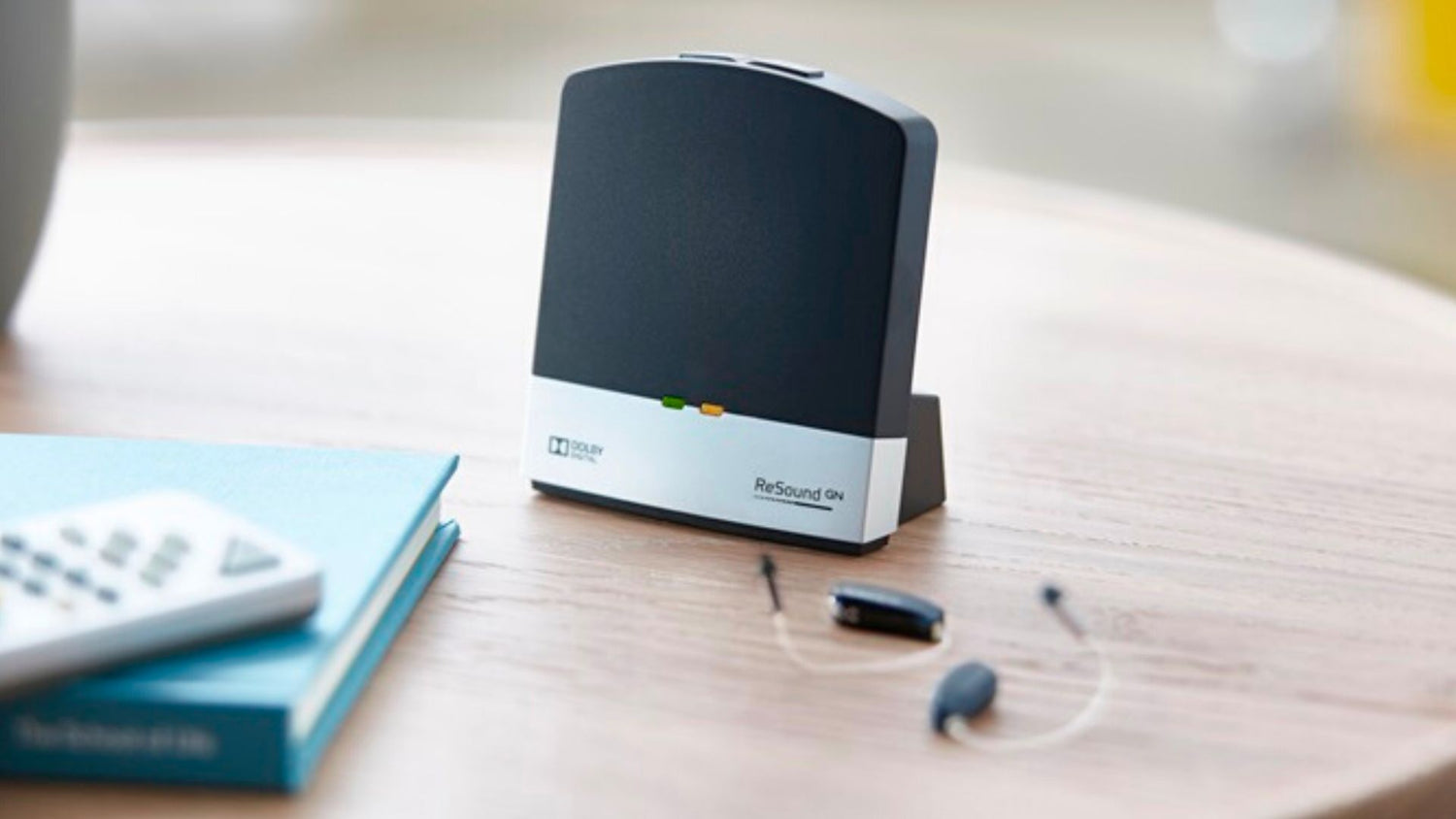
Hearing Solutions
With more than 100+ hearing devices, you can always find the product that best fits your personal hearing needs. Our goal is to provide each customer the best care possible based on their unique lifestyle, budget and hearing conditions.
New to Hearing Aids?
Getting hearing aids to treat hearing loss is a significant milestone, but it's not the end of the journey. Adapting to hearing aids is a gradual process that requires time, commitment and patience.


